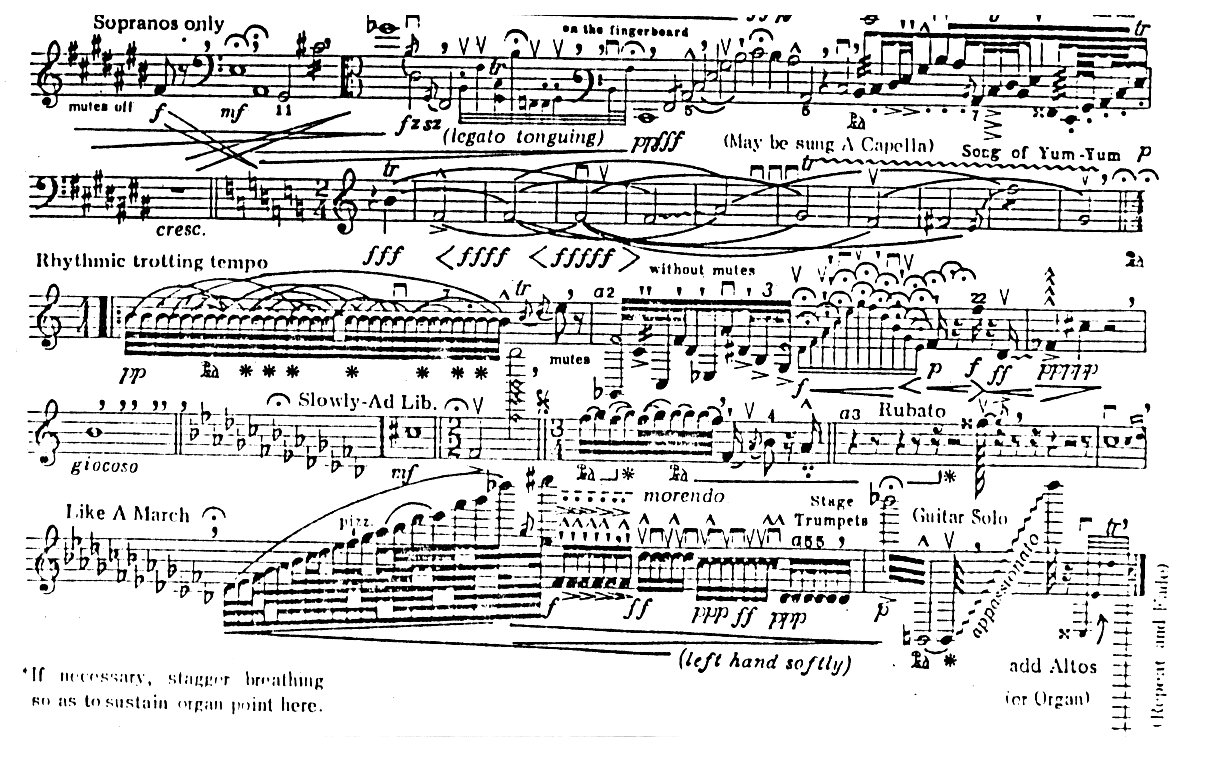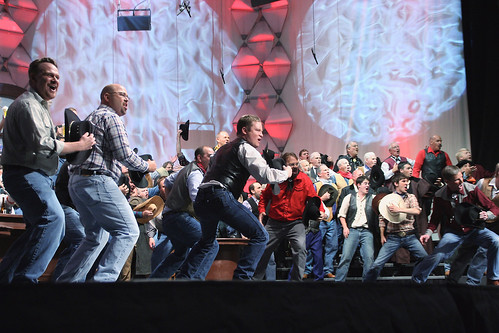| Original Text | English Translation |
| Duo seraphim clamabant,
alter ad alterum: Sanctus, Sanctus, Sanctus, Dominus Deus Sabaoth. Plena est omnis terra gloria ejus. Tres sunt qui testimonium dant in coelo. Pater, Verbum, et Spiritus Sanctus et hic tres unum sunt. Laus et perennis gloria Deo Patri cum Filio, sancto simul Paraclito in sempiterna secula. | The two Seraphim proclaimed,
one to the other: Holy, Holy, Holy, Lord God of Hosts. The whole earth is full of his glory. There are three who give testimony in heaven: the Father, the Word, and the Holy Spirit; and these three are one. Praise and continuing glory be to God the Father and the Son and the Holy Spirit now and forevermore |
The text clearly explains that there are two angels proclaiming that God has all glory and the earth is full of His glory forever. Is it enough to simply set the words to music? Or is it preferable to compose the music in such a way that it reflects the text.
Claudio Monteverdi (1567 - 1643) starts with a duet, representing the two seraph angels. When the text "Three bear witness in heaven," comes in, a third voice sings to represent the holy trinity. It remains a trio the rest of the piece.
Hans Leo Hassler (1562 - 1612) starts out with a duet but goes to full double chorus by the words “Sanctus”
Jacobus (Jacob) Gallus/Handl (1550 - 1591) wrote a double chorus in the antiphonal style but did not start out with two voices.
Francisco Guerrero (1528-1599) writes a duet to start but brings in the rest of the chorus by “Sanctus” (as Hasller did). Interestingly enough, he maintains a tri-choral piece instead of a double chorus. This is reminiscent of Monteverdi’s trio, probably referencing the holy trinity, but not painting the text (the fact that there are only two angles singing). He brings the three choirs in on "Sanctus" rather than on "three bear witness" as Monteverdi did.
Richard Dehring (1580 – 1630) writes a Duet throughout.
Tomas Luis De Victoria (1548 - 1611) also starts out with a duet but, like Hassler, brings the full chorus in by “Sanctus.” He does, however, use only three parts (like Monteverdi and Scheidt) when describing that there are “three” that bear witness in heaven. Victoria also writes the score for SSAA or TTBB (however you choose to interpret his score). This makes sense as the song is about angels proclaiming about the greatness of God. It takes gender out of the equation and makes it easier to envision that these are angels singing, and not “men and women.”
Samuel Scheidt (1587 - 1654) creates a lot of text painting, choosing to start the piece with two “angels” singing. Not until “the world is full” does the full double chorus come in. This makes lyrical sense. Even when the full chorus is in, he keeps the polychoral piece in the antiphonal style, not letting us forget that there are in fact only two angels crying out the name of the lord at this time.


